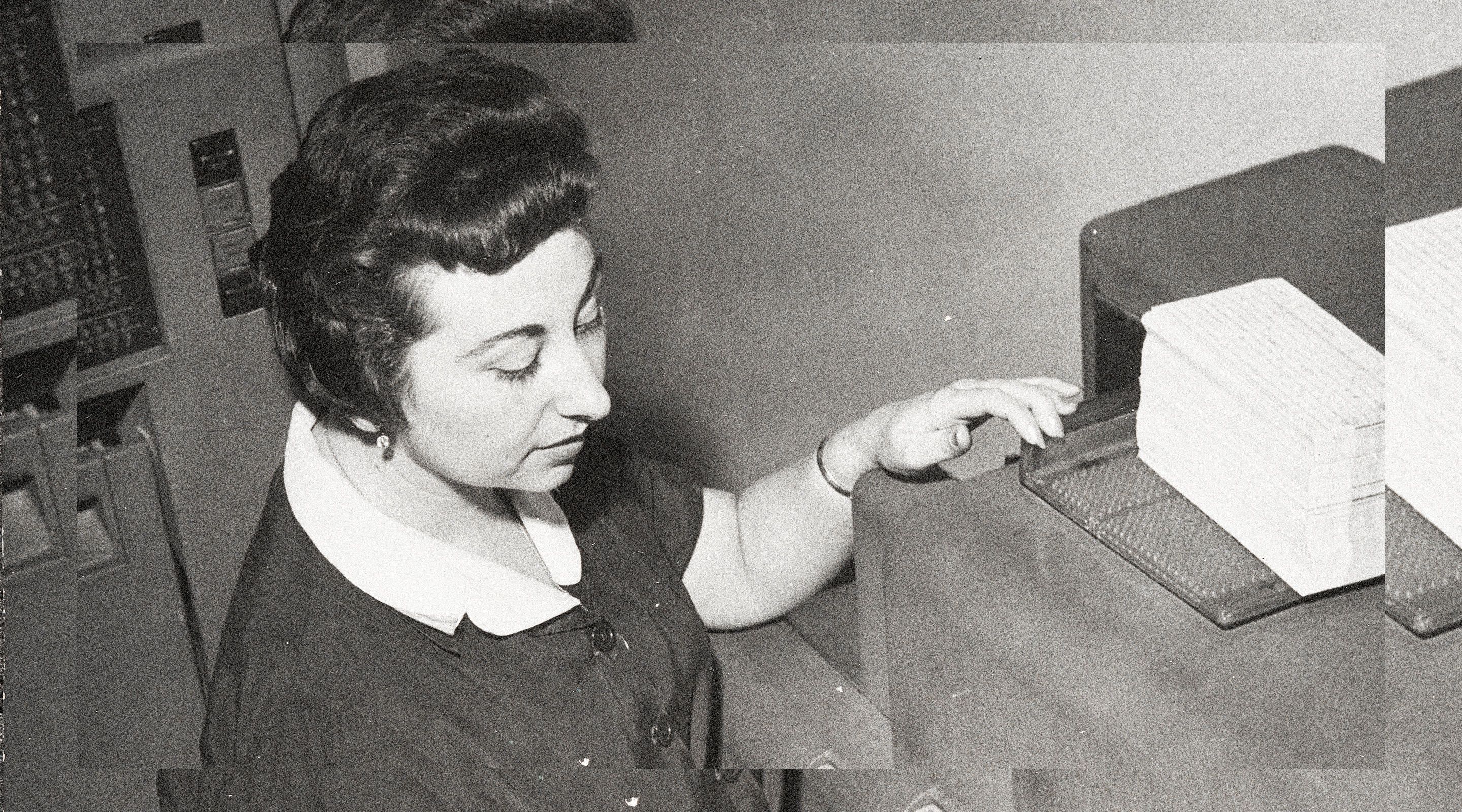
1957
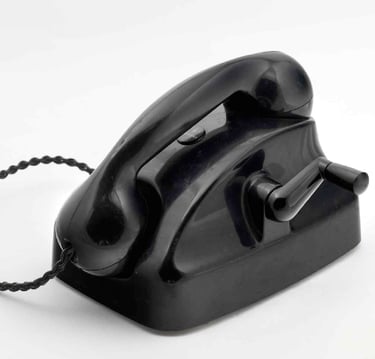
Technological feats such as being able to talk to someone on the high seas are becoming possible. Telefónica embraces everything new and innovation in materials and installations is unstoppable.
Radio links and coaxial cable
01
The 1950s followed one after the other, competing in ever-increasing facilities and innovations. Technology was advancing, demand was advancing, and Telefónica wanted to be the first to have all the infrastructures that would speed up or make the service more efficient. 1957 was the year in which the first high-capacity radio link was extended, that of the Madrid-Seville route, which was later extended to Tangiers. A radio link with long-term projection, because, thanks to modulation, it could send several communications on the same carrier. In its first use, 96 simultaneous circuits were sent through it - unimaginable until then - but from the start it was prepared for up to 600, and, with the help of some adjacent equipment, up to 3,600 communications at the same time. At that time, Telefónica was also launching an advance that would be key in transmission: coaxial cable. High-capacity cables fed with electricity were able to carry the signal optimally from end to end thanks to repeaters, signal amplifiers placed every x kilometres of the same network to ensure that the power was maintained throughout the entire route. The first route with coaxial cable was the Madrid-Zaragoza-Barcelona route which was put into service in 1957 and which opened the way to automate telephony between these cities along the route and to extend the cable to the French border, making possible, a few years later, automatic calls with Paris, London, Brussels, Frankfurt, Geneva, Genoa and Marseilles.
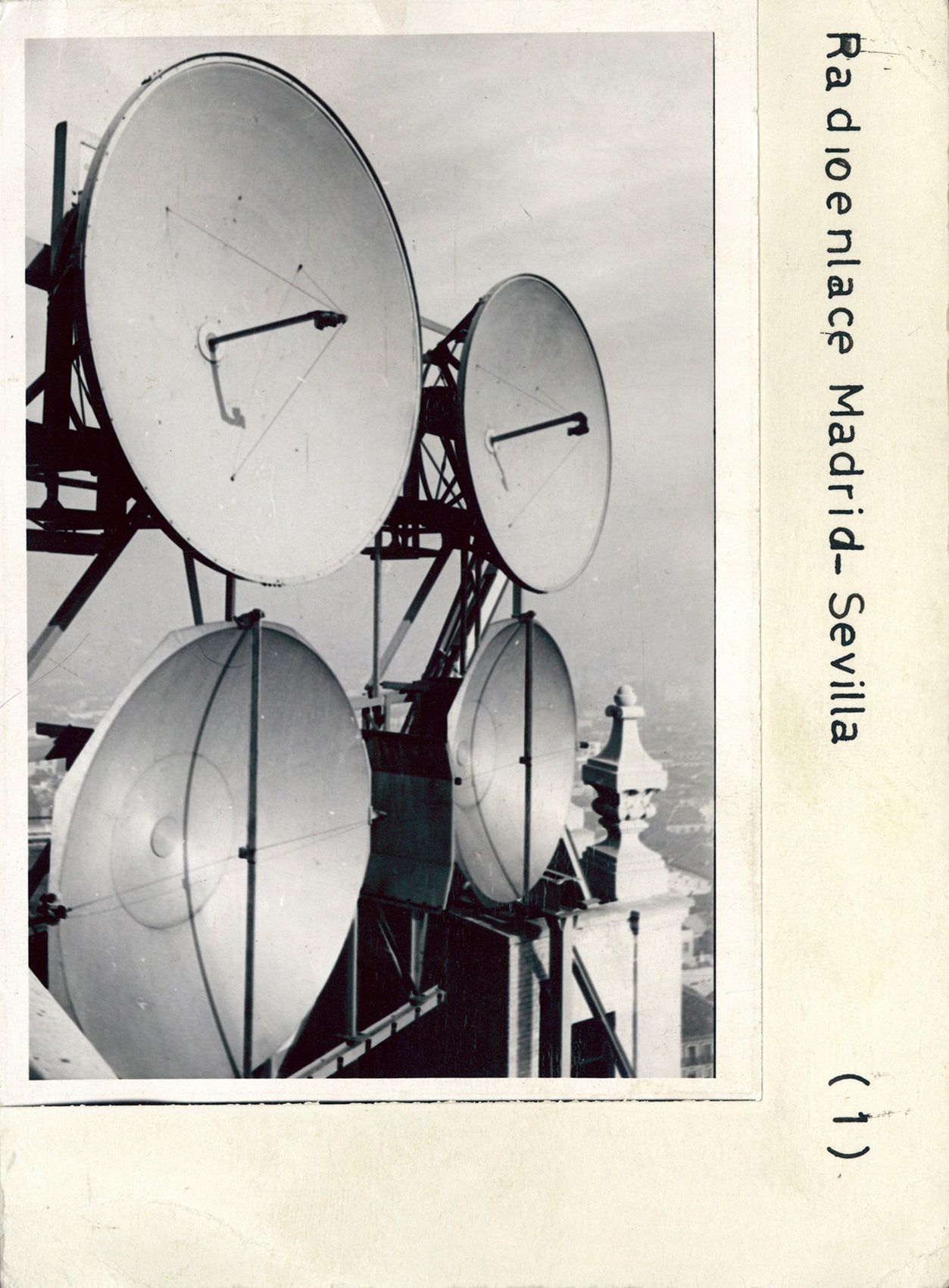
Call a ship?
02
1957 ends with almost 175,000 new telephone lines in Spain, the year with the highest number of new telephone lines ever recorded. It is an exceptional data exercise with close to 10 million long-distance conferences - inter-provincial - and one million international calls. There are now almost 100 countries with which the company offers telephone service. But one of the truly disruptive innovations of that year - which Telefónica accompanied with a detailed advertising campaign to explain the service to its customers - was the possibility of telephoning passengers on ships at sea while guaranteeing the same quality of service as if they were at home. Such "person-to-person" communication, as the advertisements claimed, with passengers on a ship in full sail, must have seemed like science fiction to Spaniards in the mid-1950s. But it was possible, and it was with Telefónica.
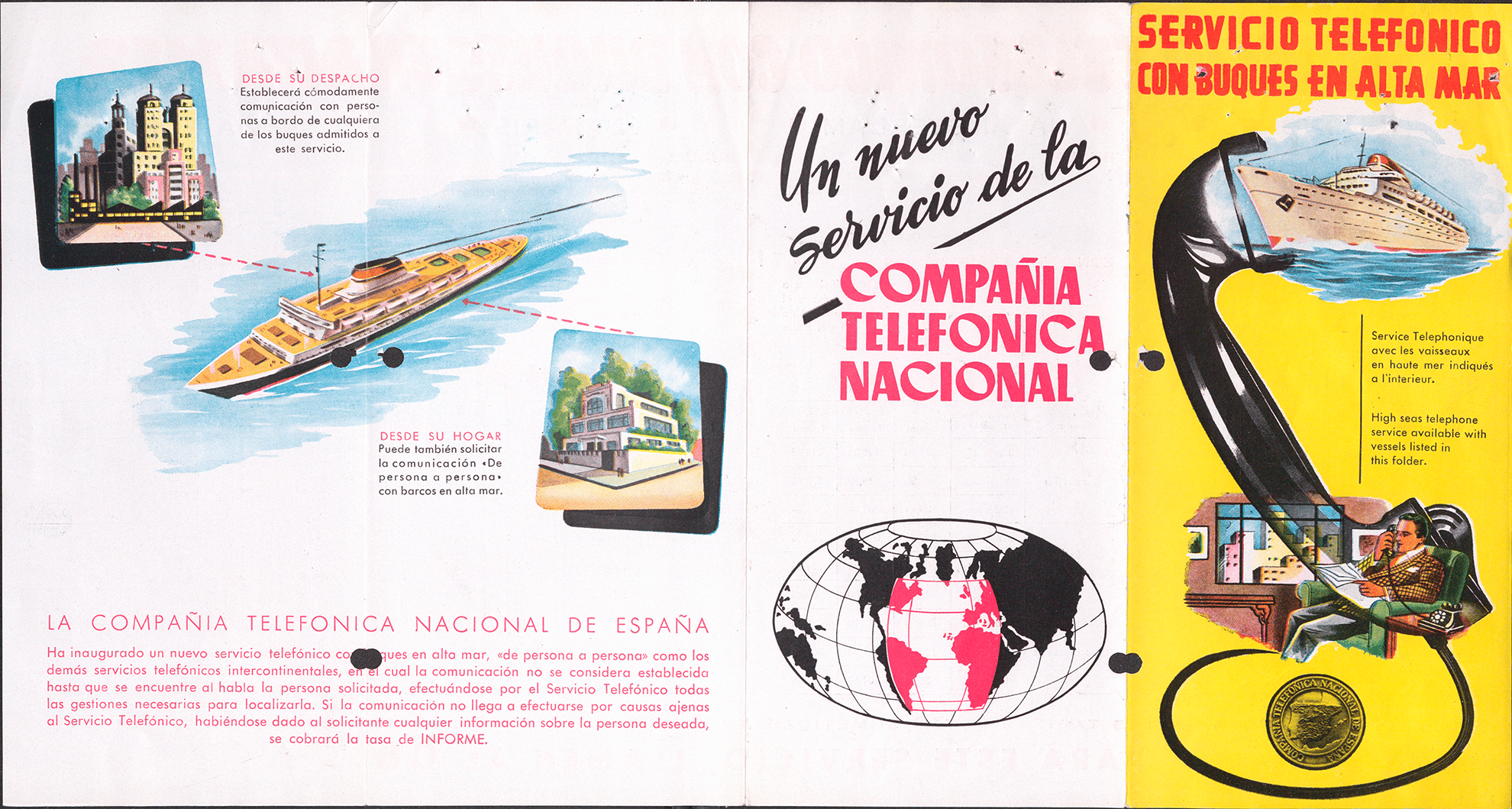
The "Measured Service" is launched
03
The so-called "Measured Service" begins in Madrid and Barcelona, a new form of pricing already popular in other countries, in which the cost of the call depended on its duration. For many decades, the CTNE charged by "steps" and this is how calls were measured. The duration of the steps varied according to the day and time of the call. Subsequently, the Measured Service was extended to all other localities.
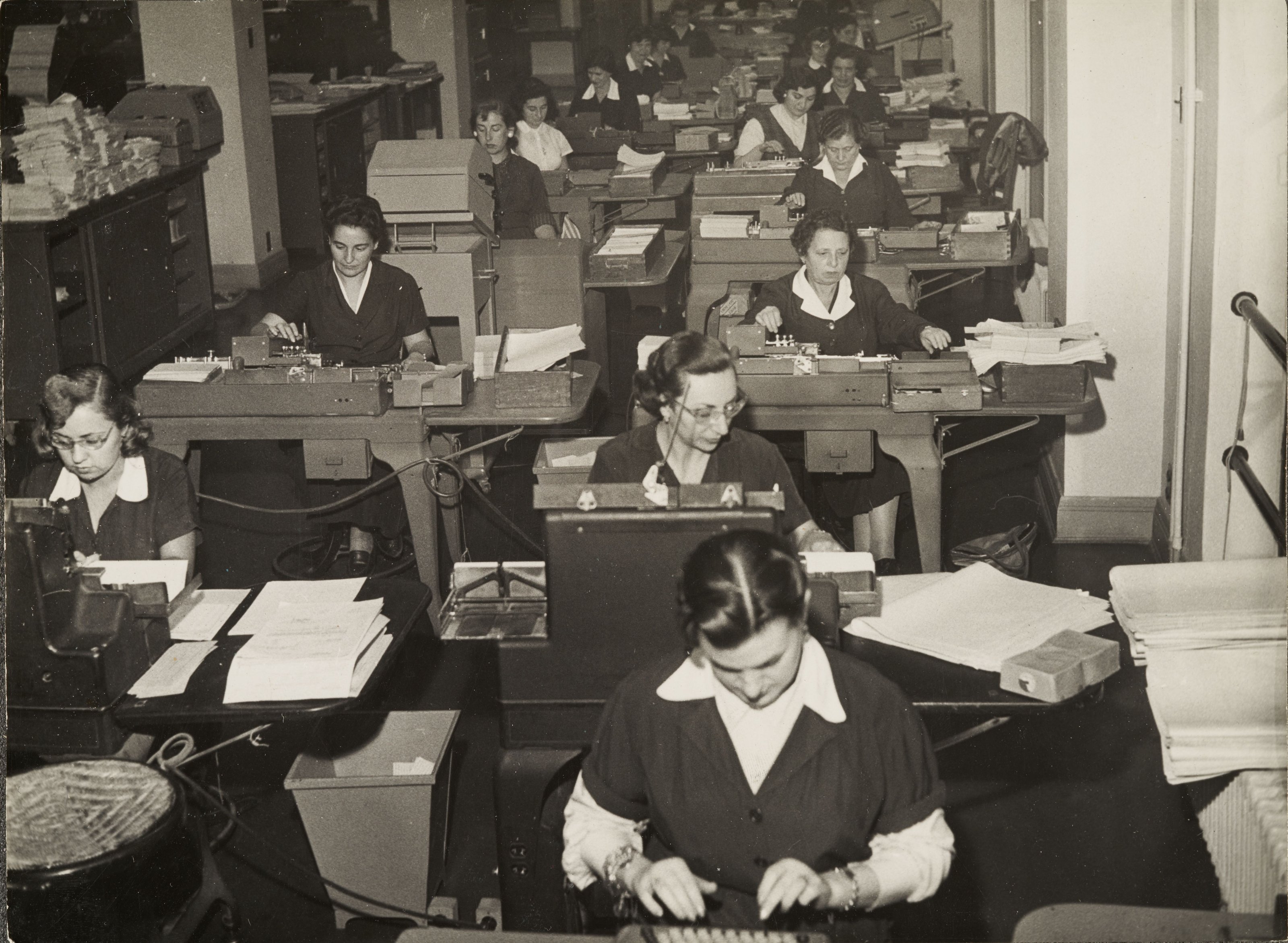
Do you have doubts about what happened?
Ask Aura